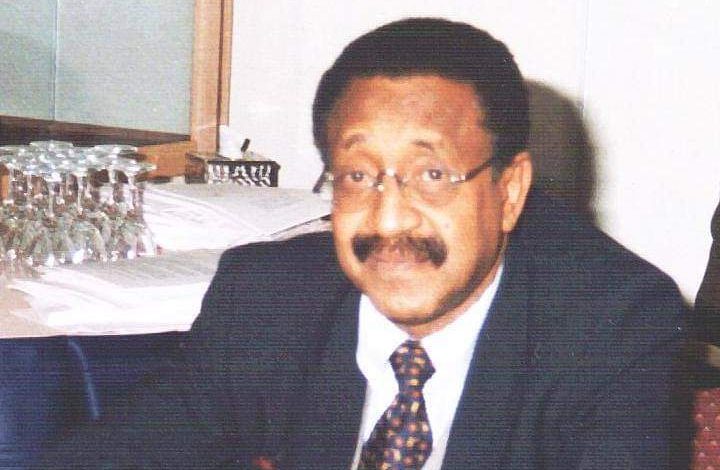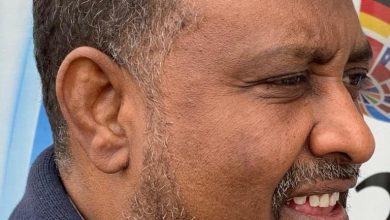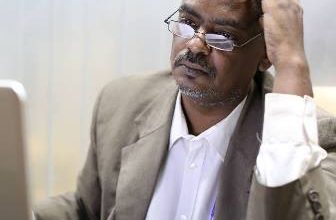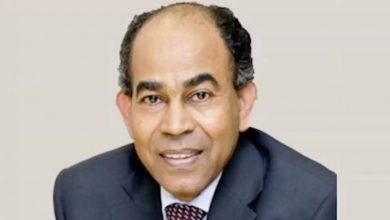
By: Al-Wathiq Kameer
The main issue facing the Rapid Support Forces (RSF) is not the formation of a parallel civilian government. Instead, the critical challenge lies in the lack of a clear political vision presented before the war and articulated in a manifesto that defines its goals and the means to achieve them.
Additionally, the “institution,” as its advisors call it, suffers from the absence of a foundational system, organizational regulations, an administrative structure, an executive body, and a political-military leadership to draft policies, develop strategies, and form political alliances with other forces. The institution relies merely on video appearances of field commanders and sporadic media statements from advisors.
If the militia possessed these components, then what would prevent the RSF from announcing a parallel government or a civilian administration, provided it aligns with its defined project goals? After all, RSF leadership holds uncontested authority to establish and issue decrees forming such a government or civilian authority.
The Sudan People’s Liberation Movement (SPLM) never recognized the legitimacy of Al-Bashir’s government, nor even that of the democratically elected government of Sadiq Al-Mahdi. Yet, the SPLM never declared a parallel government to that in Khartoum. Instead, it engaged in negotiations with any government it deemed a de facto authority, whether military or civilian.
The SPLM had a high political-military leadership, a National Executive Council, and a National Liberation Council (Legislative), representing all units of the Sudan People’s Liberation Army (SPLA) and the movement’s social components. Thus, issuing a decree to form a civilian authority in liberated areas—dubbed the “New Sudan”—in the three southern regions, Nuba Mountains, and southern Blue Nile was not difficult. This authority functioned as the executive body of the civil society tasked with implementing the movement’s policies and the vision of the New Sudan.
It is true that there were political, social, and civil (unionist) forces that did not bear arms yet supported the SPLM’s political project or allied with it on foundational issues of state-building (e.g., the National Democratic Alliance). However, these forces had no direct involvement in the civilian authority in liberated areas. The SPLM did not consult these allies when forming this authority in its controlled regions or seek their support for it. Nor did this decision cause division among these political and social forces, as is currently happening over the RSF’s proposal to form a parallel government.
The ball is now in the court of RSF leadership to settle the debate regarding the formation of a parallel government in its areas of influence, without involving political and civilian forces in this decision. Civilians neither control these territories nor hold authority or power, so they cannot be blamed or held responsible for any anticipated failures from such a move. However, no objection should be raised against politicians or civilians who voluntarily wish to join or politically align themselves with the “institution.”
The fundamental question that demands an answer is this: Why did the “institution” of the RSF go to war, and what does it seek to achieve from it?



